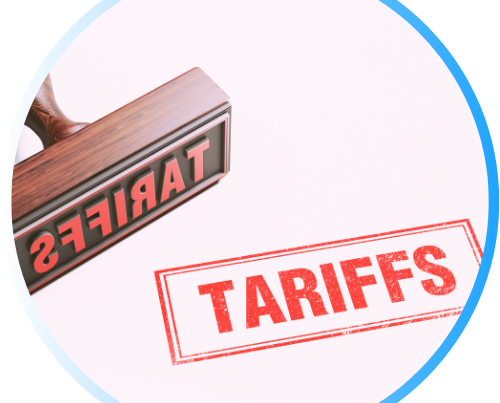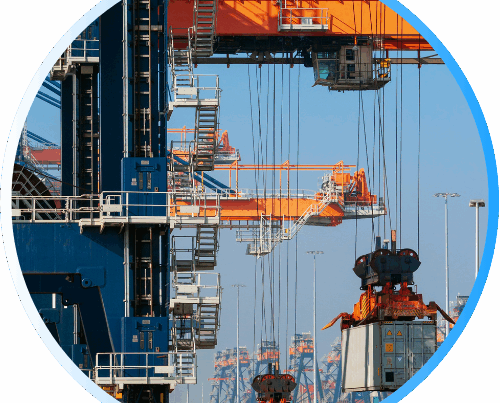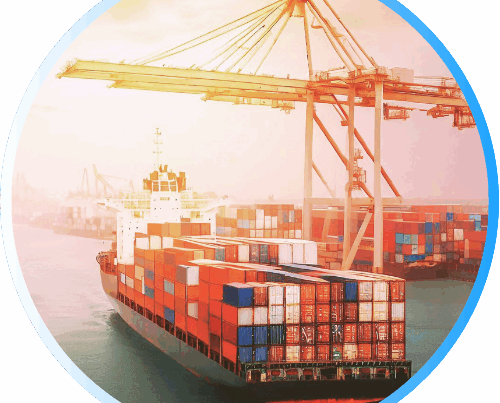Rate Related Update and Market Conditions
Market Conditions
TPEB (Trans-Pacific Eastbound)
-
Demand on the Trans-Pacific Eastbound trade remains strong as volumes continue to build into June. A further spike is anticipated later this month as shippers accelerate Southeast Asia-origin cargo ahead of the July 9 expiration of the reciprocal tariff pause. Freight rates are climbing, driven by this demand and ongoing capacity constraints. GRIs and PSSs effective June 1 have been implemented, with additional increases possible, particularly for East Coast routes.
FEWB (Far East Westbound)
-
Far East Westbound spot rates have risen sharply—over 23%—with strong upward momentum continuing. The previous rate floor has disappeared, and space at earlier price levels is no longer available. Carriers are highly selective with bookings, and shippers delaying allocation risk steep cost increases or cargo rollovers. Proactive forecasting and early space requests are essential to mitigate risk.
TAWB (Trans-Atlantic Westbound)
-
Trans-Atlantic Westbound rates remain relatively stable, as most carriers have postponed PSS implementations until July. One carrier is attempting a mid-June increase in the West Mediterranean, but the broader market remains steady for now. Rate direction in the coming weeks may hinge on how port congestion and inland equipment availability evolve.
Operational Updates
TPEB:
-
Equipment availability at Asian origins remains stable, with no major container shortages currently reported. Operational recovery is underway as more services resume, improving overall flow and reducing disruption from prior blank sailings.
FEWB:
-
Major port congestion continues to impact FEWB flow, particularly in Shanghai, Singapore, Antwerp, and Hamburg. These delays are affecting vessel schedules, while full bookings and rising rollovers are compounding pressure on outbound capacity. Transit time reliability remains volatile.
TAWB:
-
Northern Europe continues to face congestion, with Antwerp experiencing significant delays due to ongoing labor strikes. In the Mediterranean, Piraeus remains impacted. Equipment shortages persist across inland Europe, particularly in Austria, Hungary, Portugal, and Slovakia. Carrier haulage is recommended to navigate these gaps.
Capacity Management
TPEB:
-
Carriers are in the process of restoring TPEB capacity, with full service levels expected by late June. Current capacity sits 11% below normal but is projected to exceed standard levels by 3% in Week 25. Utilization remains high, with vessels sailing full. Blank sailings are declining steadily, and most previously suspended service loops have resumed or are scheduled to resume shortly.
FEWB:
-
Available FEWB capacity has been reduced by 17% as carriers redirect tonnage toward the more active TPEB trade. With most June sailings already full, bookings are being locked in 2–3 weeks in advance. Cargo rollovers are expected to persist through the remainder of the month.
TAWB:
-
Despite regional congestion, capacity on the Trans-Atlantic Westbound lane is stable, with no major blank sailings reported. Carriers continue to reposition empty containers to address inland and Mediterranean shortages and maintain service continuity.
Sources: xeneta.com, maersk.com, yangming.com, evergreen-line.com, supplychaindive.com
📌 Current U.S. Tariff Status (as of June 6, 2025)
The general exemption from reciprocal tariffs has been narrowed: the Proclamation and the CSMS messages provide that while the steel or aluminum content of derivative articles is subject to Section 232 tariffs (at the new 50% rate), the non-steel or aluminum content of these derivative articles will NOW be subject to reciprocal tariffs – Which previously was not subject to the reciprocal tariff. As of June 4, 2025, the non-aluminum content of an article reported on a separate line per the instructions above is subject to Reciprocal tariffs under HTS 9903.01.25 (See also CSMS # 6520alue of the aluminum )
Source: whitehouse.gov, politico.com, whitehouse.gov


APM Terminals Reduces Rail Container Backlog at New Jersey Terminal Ahead of Expected Surge
APM Terminals has reduced its rail container backlog in Elizabeth, New Jersey, from around 4,000 to 1,600 units, responding to increased import volumes driven by tariffs and alliance changes. The buildup had caused intermodal container dwell times to approach nine days. As U.S. East Coast ports prepare for possible additional frontloading, APM is working to maintain terminal flow and prevent delays through the summer season.
Transpacific and Asia-Europe Spot Rates Climb Sharply After June GRIs
Spot freight rates on key ocean lanes rose significantly following the June 1 general rate increases. The WCI showed a 57% week-over-week rise on the Shanghai–Los Angeles route and a 39% increase on Shanghai–New York. Additional GRIs are planned for mid-June and July, though future success remains uncertain. Space constraints continue, as many importers advance bookings to avoid potential tariff costs ahead of upcoming policy deadlines.


U.S. Trade Deficit Narrows in April as Imports Fall to Record Lows
The U.S. trade deficit shrank to $61.6 billion in April, its lowest level since September 2023, following a historic 16.3% drop in imports. Goods imports fell nearly 20%, with declines in consumer goods, metals, and vehicles. The drop reflects reduced frontloading of goods tied to tariff policy changes. While exports reached record highs, further trade patterns will depend on inventory levels and pending tariff decisions scheduled for July and August.

